Wednesday, July 21, 2021
Many horses could have avoided months of downtime if their injury had been detected earlier. That's why the professional riders on the BE sport horses team make a point of monitoring their horses.
Thanks to the daily use of CEEFIT, the two riders were able to detect a lameness on one of the mares they had in work even before she started showing signs of lameness. Find out more.
I'm Benjamin Stout, I'm 21 years old, I live in the United States and I focus mainly on young horses. I really enjoy analyzing the data from my horses when I'm training.
My name is Emma Irwin, I'm 26 and I'm from Canada. I ride a few horses at Grand Prix level. Like Ben, I use technology to help my horses improve.
Emma: "I started riding at the age of 12, I started with eventing but quickly switched to show jumping. I took part in the Young Riders competition in Kentucky in 2011. Then I went to Europe. I stayed and trained there for almost 4 years. I first came back to America on the East Coast, in Wellington, Florida. I've now moved to California, to Moorpark, where I've set up the company BE sport horses with Ben. We produce young horses that we take up to Grand Prixlevel".
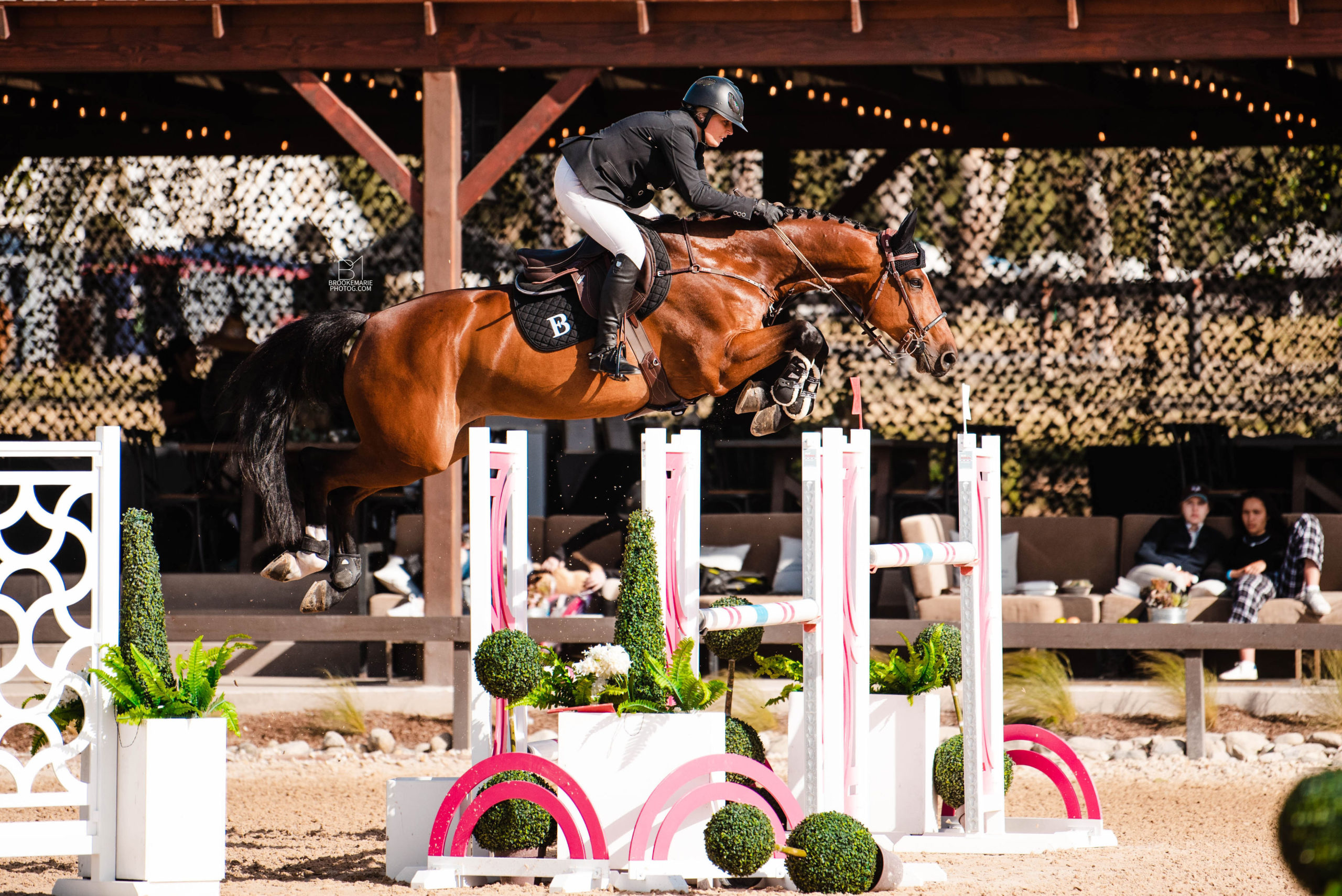
Ben: "I grew up with western riding, riding young horses and starting horses. I had the opportunity to start jumping horses for a lady. That was sort of my start in the jumping world. I continued to ride jumping horses for a while, but I really wanted to concentrate on young horses, so I stopped and moved around a bit. I went to Europe, rode some young horses there, then had the opportunity last year to come here and take over a lady's program here in Moorpark, California. There were just too many horses and too many young horses that weren't on the right track. So I came here and got them on the right track. That's how we started BE sport horses with Emma."
Emma: "Probably when I qualified for young riders for both show jumping and eventing. My horse's name was Pennysila JB for show jumping and Higher Ground for eventing. It was at the Kentucky Horsepark."
Ben: "For me, I concentrate mainly on young horses, not so much on the competition side. You probably don't care that I won the World Western Pleasure Championship a long time ago, but that doesn't really apply to what we're doing now. I'm just concentrating on young horses. "
Ben: "No, because it's just preparing the horses for the future."
Emma: At the moment, I have 3 Grand Prix horses. One that Ben and I own, he's doing pretty well, he's probably one of the most talented horses I've ever sat on. His breeding is one of the best in the world. The other two are a little less familiar to me at the moment. One is 8 years old and the other is a 10-year-old mare.
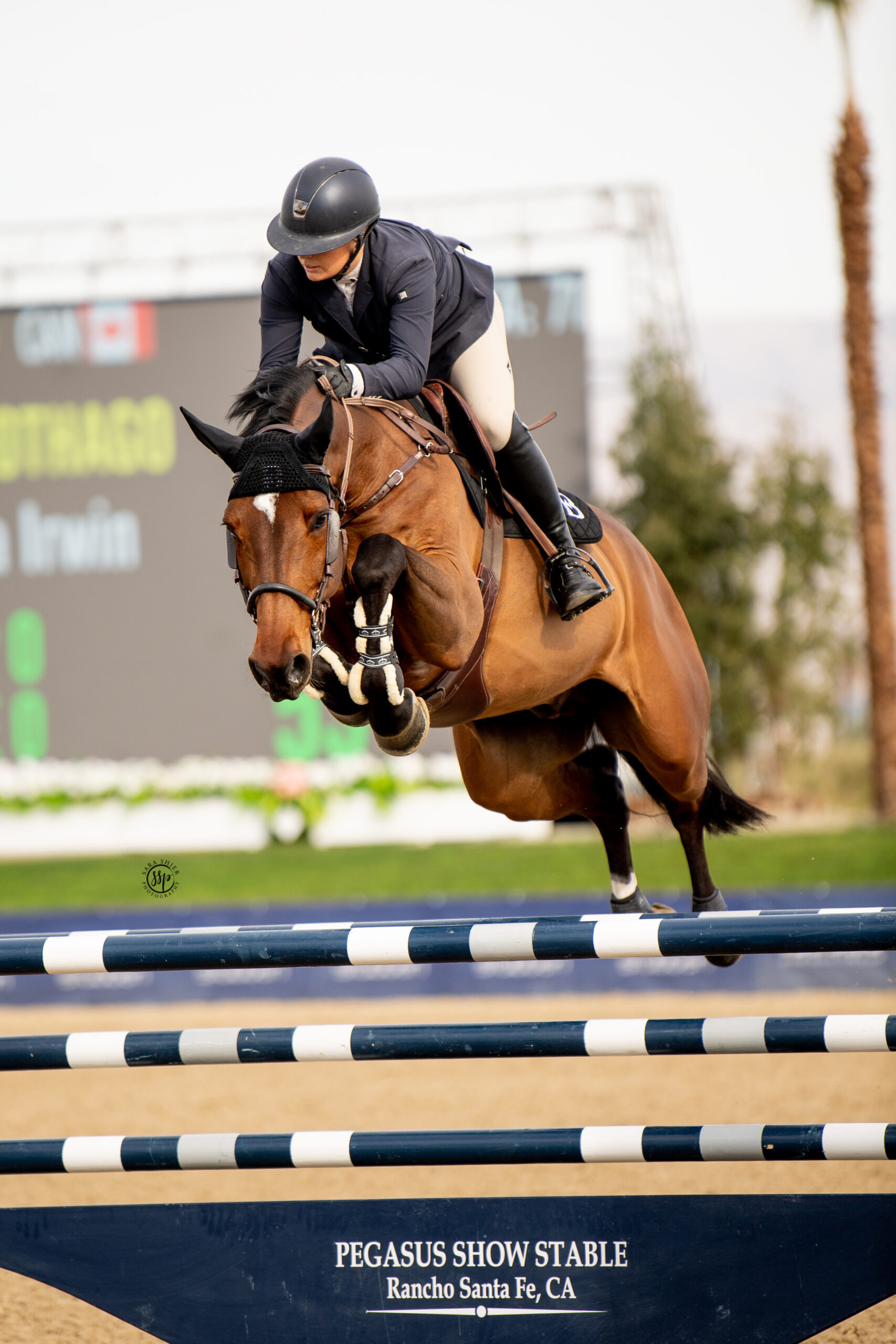
Ben: "It was this mare on which CEEFIT enabled us to detect the problem before it happened."
Ben: "My family is all about technology, but unfortunately there aren't many technological solutions in the equestrian world. We had looked at Seaver and I really liked the fact that your company had thejump analysis functionality, whereas all the others on the market were only geared towards locomotion and work on the flat. This meant that we couldn't collect data on jumps, and that bothered me. That's why we went to Seaver.
When we bought our CEEFIT in December 2020, we had no idea how useful it was going to be. Pretty soon after we started using it, we realized just how useful it was going to be.
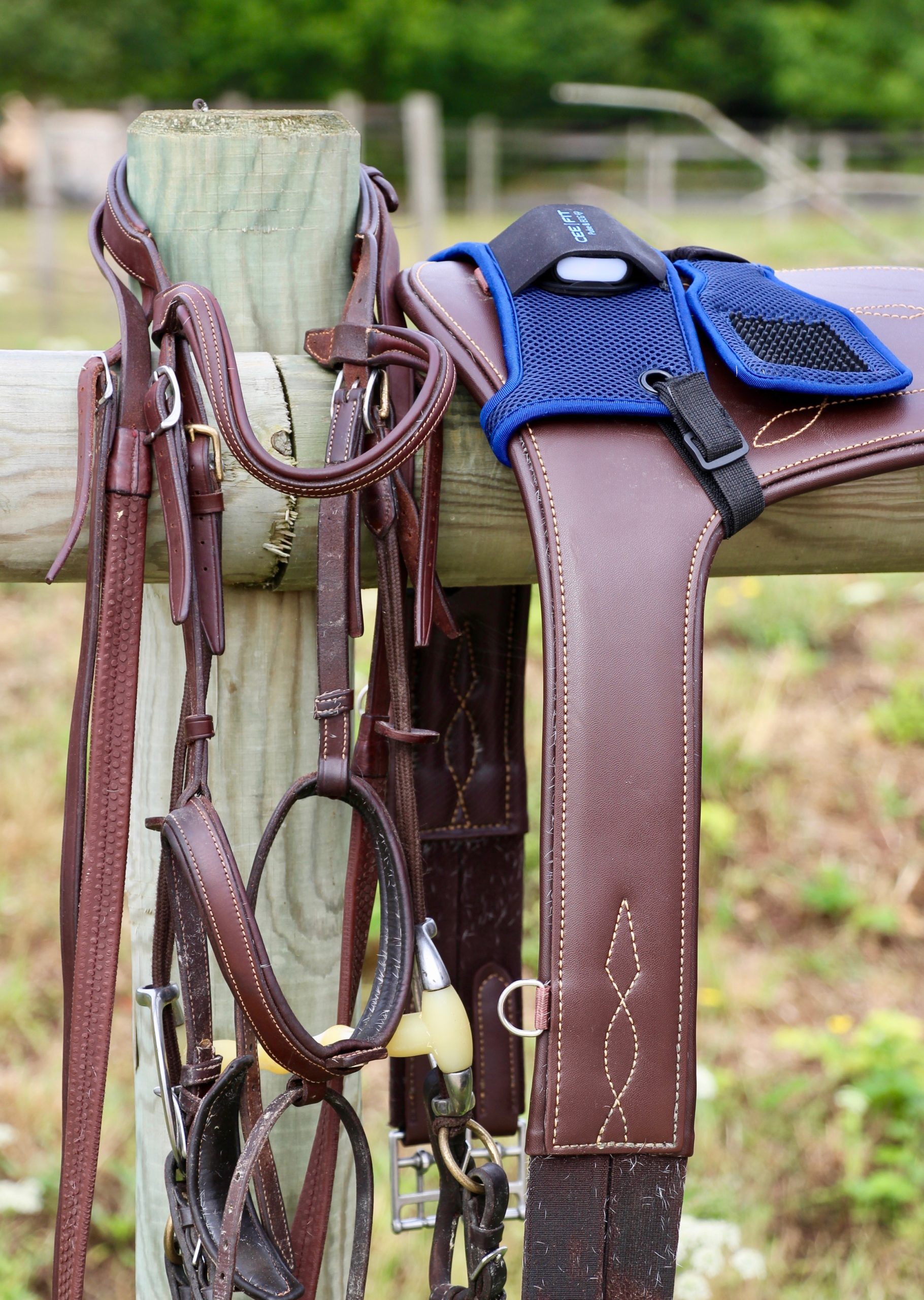
Not only from our point of view, but also from that of our customers. For example, when we take horses to competitions but the owners can't come. With the mare, we used CEEFIT on the first day of competition at a Grand Prix and sent the data to her owner. She was relieved because owners always worry when their horses jump at this level. They have a legitimate fear that their horses will injure themselves. She told us that it was very reassuring to know that we were doing everything to be absolutely sure that the mare was ready to compete at this level. CEEFIT proves to owners that we're patient and don't want to push horses to do things they're not yet ready to do."
Ben: "We got the mare a few months ago, from someone we know in Europe. She's 10 years old, jumps well but has mainly been ridden by amateurs for some time. When we buy horses of this age in Europe, we know we're going to have to get the engine running again. When we bought her, she seemed in great shape. You know, in the first 3 months after buying a new horse, that's the most risky period. New environment, new farrier, new way of working. But she was doing very well and I was already working on her with a view to taking her out to show.
Then we used the CEEFIT 5 times on her, and I hadn't really checked her progress. I kept a quick eye on her after each session, but I didn't really compare things.
It was when I looked at it that I saw a slight decrease in symmetry. It wasn't much, but the mare's symmetry was getting worse by half a percent with each session.
So we decided to give her a little rest to take it easy on her. We knew that if we continued, something would really happen to the mare. The vet came to see her, and confirmed that something was wrong.
But the mare NEVER looked or felt lame. As far as the eye could see, nothing had changed.
We probably avoided 6 months of downtime with just one week's rest. If we'd had the misfortune to keep pushing the mare and making her jump, the mare would have had a very hard time recovering."
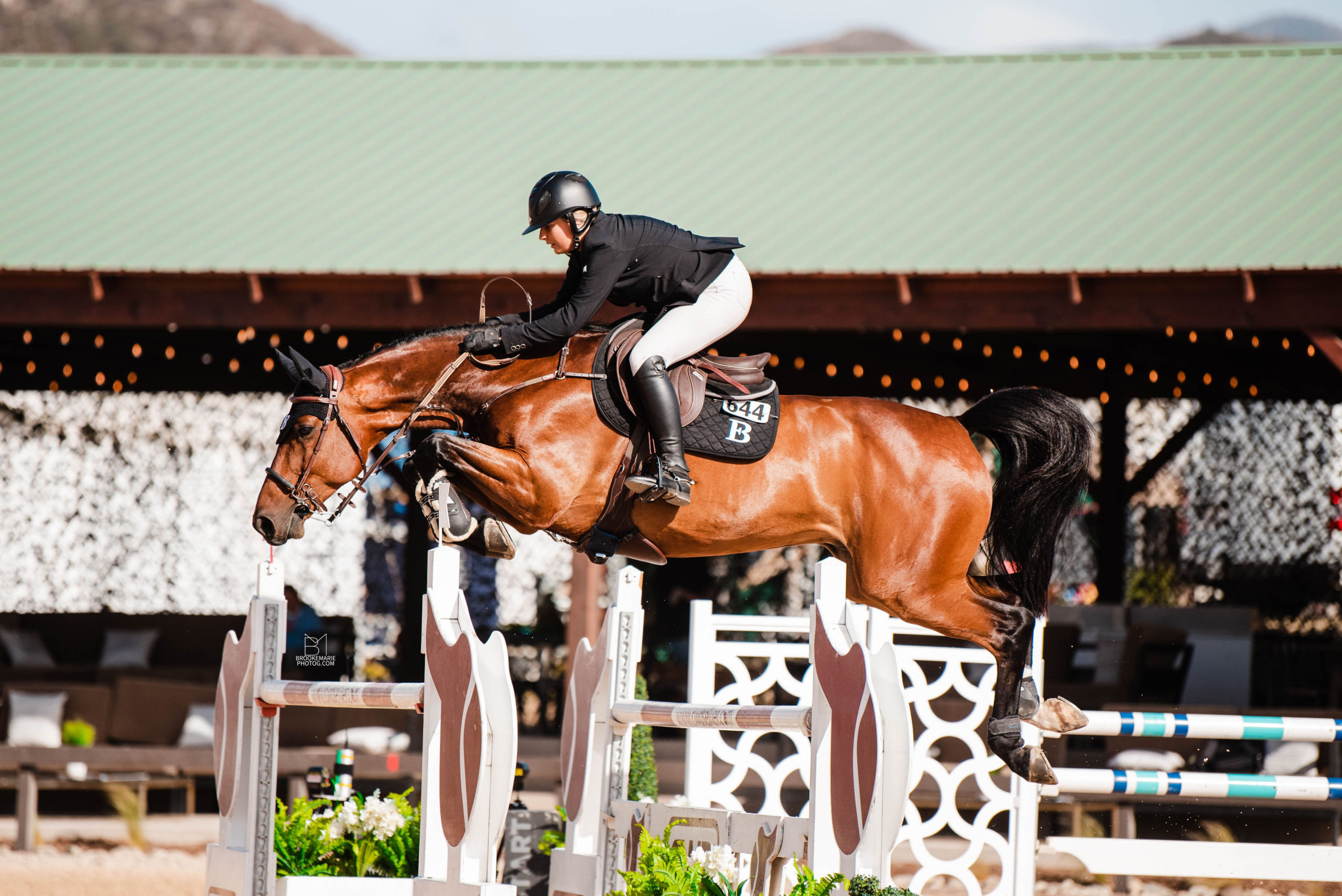
Ben: "She had a stifle problem. We absolutely had to strengthen this part because the more we pushed her, the more she suffered. But now she's much better and has no more problems! We now know how to make sure her hindquarters are strong and, above all, fit."
Ben and Emma: "No, absolutely not".
Ben: "She's the only mare that would have been injured if we hadn't used CEEFIT, I'm absolutely certain of that. But we use the sensor on all our horses, Emma's in particular. It's very sensitive, especially at farrier level. In fact, our farrier likes to use CEEFIT to get a better idea of how to fit our horses' shoes. It allows him to see if the horse is more or less comfortable when his shoes are changed.
For us, it's important to use CEEFIT to check that all the changes we make to our horses have a positive impact on them. It's the same principle for balneotherapy: we never really know if it's useful for them. But when we compare the data between before and after the balneotherapy stay, we quickly understand the usefulness of such treatments."
Emma: "We can see the effectiveness of the treatments the very next day."
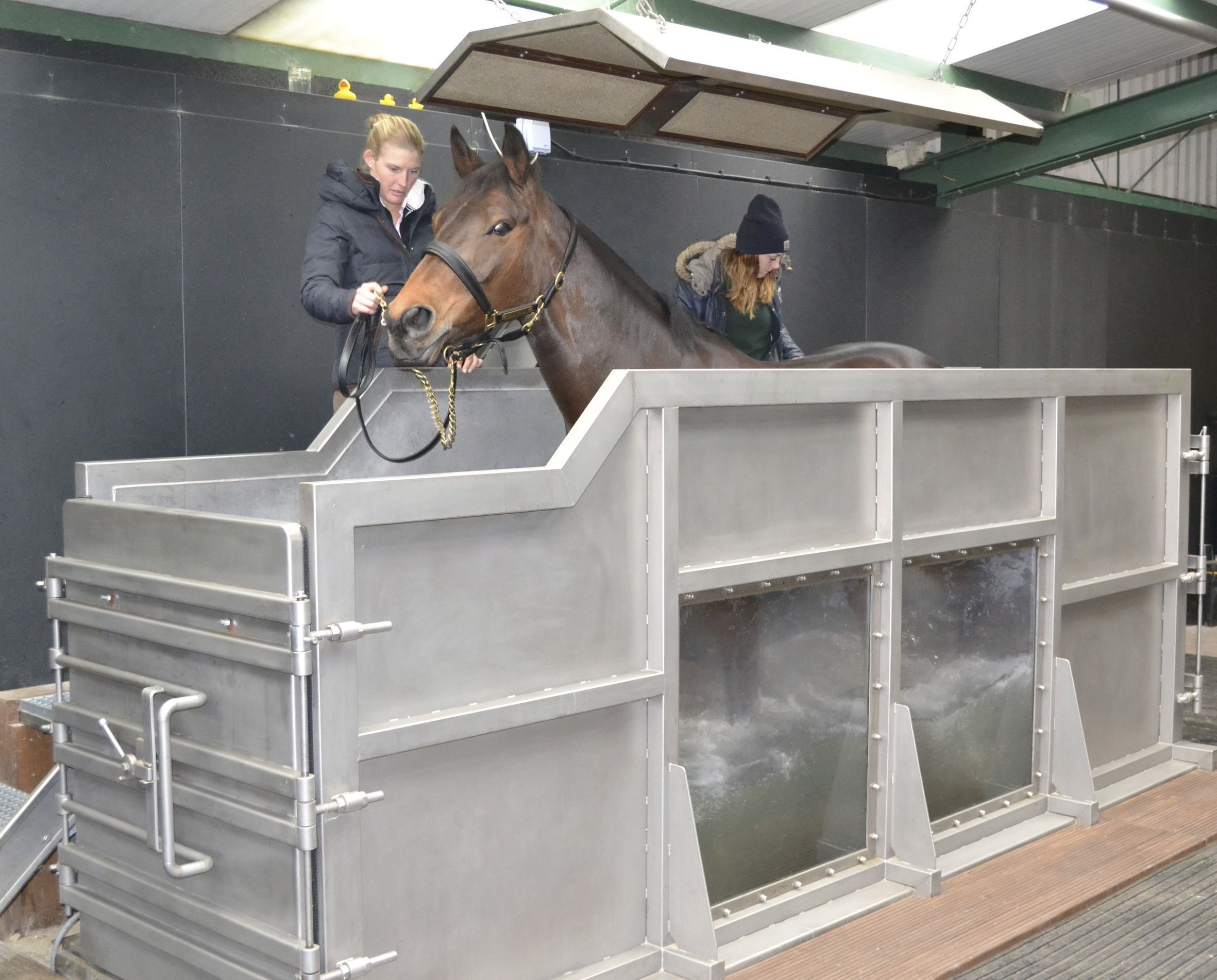
Source : https://www.pinterest.com/pin/571394271450304148/
Everyone has their own opinion, especially in the equestrian world, but that's where CEEFIT is brilliant: it's FACTS."
Ben: "Exactly. We're not vets, so it's hard for us to know what's right and what's wrong when it comes to our horses' health. We started working with a lady who studies horse physiology. We showed her the data from one of our horses on the Seaver app and when she started handling it, she felt exactly what was indicated by CEEFIT: it was pushing much more to the left than to the right."
Ben: "It really depends on the horse. One of our friends tried CEEFIT on his horse because he found it very interesting. We often lend CEEFIT to our friends so they can try it out on their horse and see what they come up with.
Coming back to our friend, his horse jumps well, but in a really strange way, hitting his hindlegs very hard and quite strangely. When he put on the CEEFIT, he noticed that his horse was pushing about 20% harder on one of his hind legs. So he began to wonder. Does he have a problem with one of his legs, or is one leg simply less powerful than the other?
In any case, it's true that for us, the most interesting functions are those relating to locomotion, in particular symmetry. That's because it's this data that lets us know if the horse is doing well.
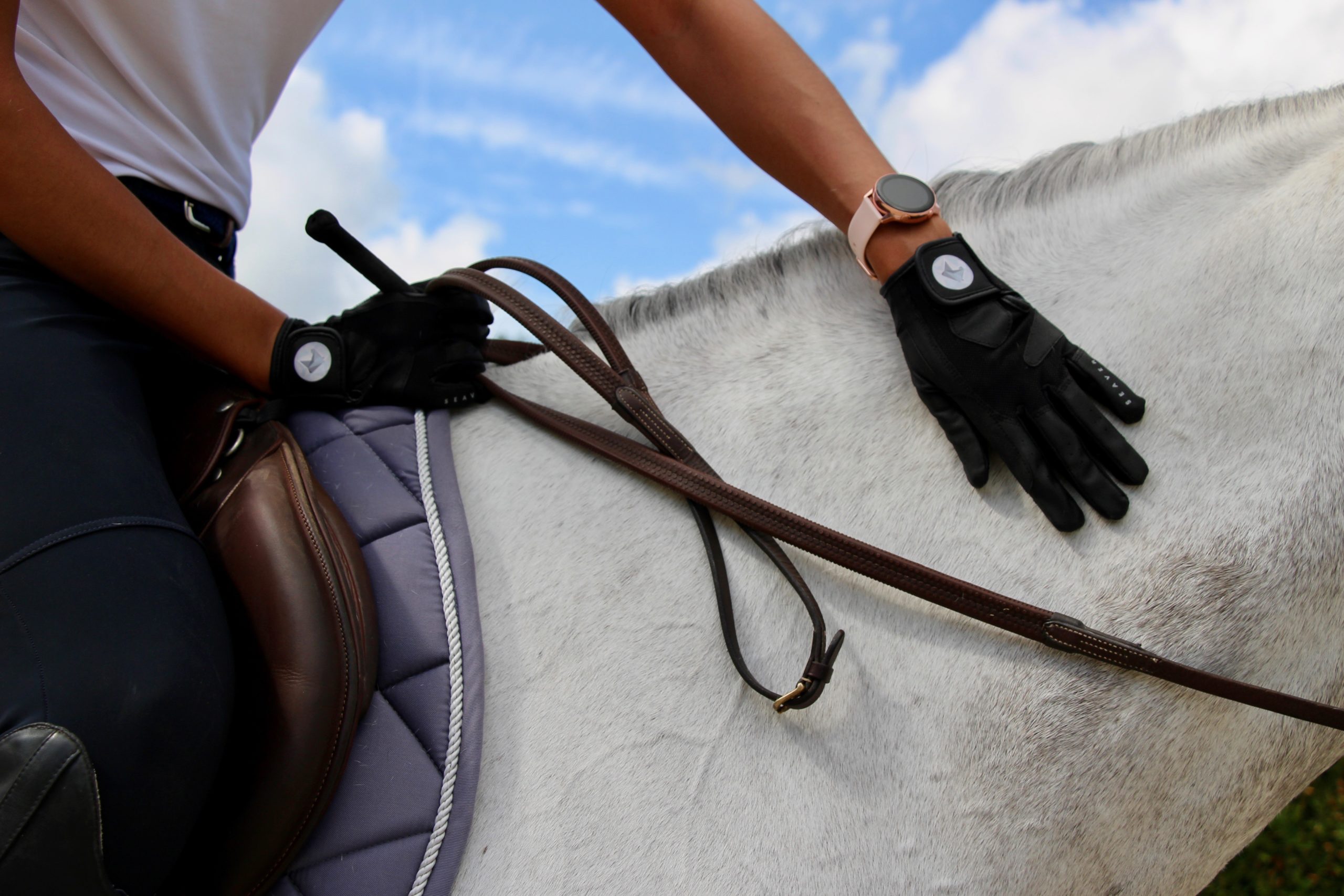
Ben: "We have a good example that happened to us. One of our horses was jumping a 1m20/1m30 turn shortly after we bought him. He's very sensitive and seemed a bit shy on a combination, even though this was really not his habit. We found this strange.
Looking at the data after the lap, we noticed that his heart rate sped up a lot as we approached the combination because we added a few strides in the line and that made the horse nervous. Watching him on the lap, you couldn't really tell, but the data was there. What's really interesting is that immediately after jumping the combination he was worried about, his heart rate went straight back down. The horse showed us that he wasn't afraid of the combinations as such, but simply of the distance that had been changed.
This allows us to better understand our horses, and thus to have a direct interview with their brains. We're not just basing ourselves on our feelings, but on facts. This provides us with avenues for improvement in our horses' work, and helps us to support them on a daily basis.
Ben: "The real question is why not? By using technology, we know that we've done everything in our power to monitor and care for our horses, keeping injuries to a minimum. Most injuries don't happen all at once, they appear little by little. This allows us to be sure that our horse isn't hiding something and that he's in good shape.
Emma: "That's exactly right. The technology is easy to use, not that expensive and can prevent major injuries, so why deprive yourself?"
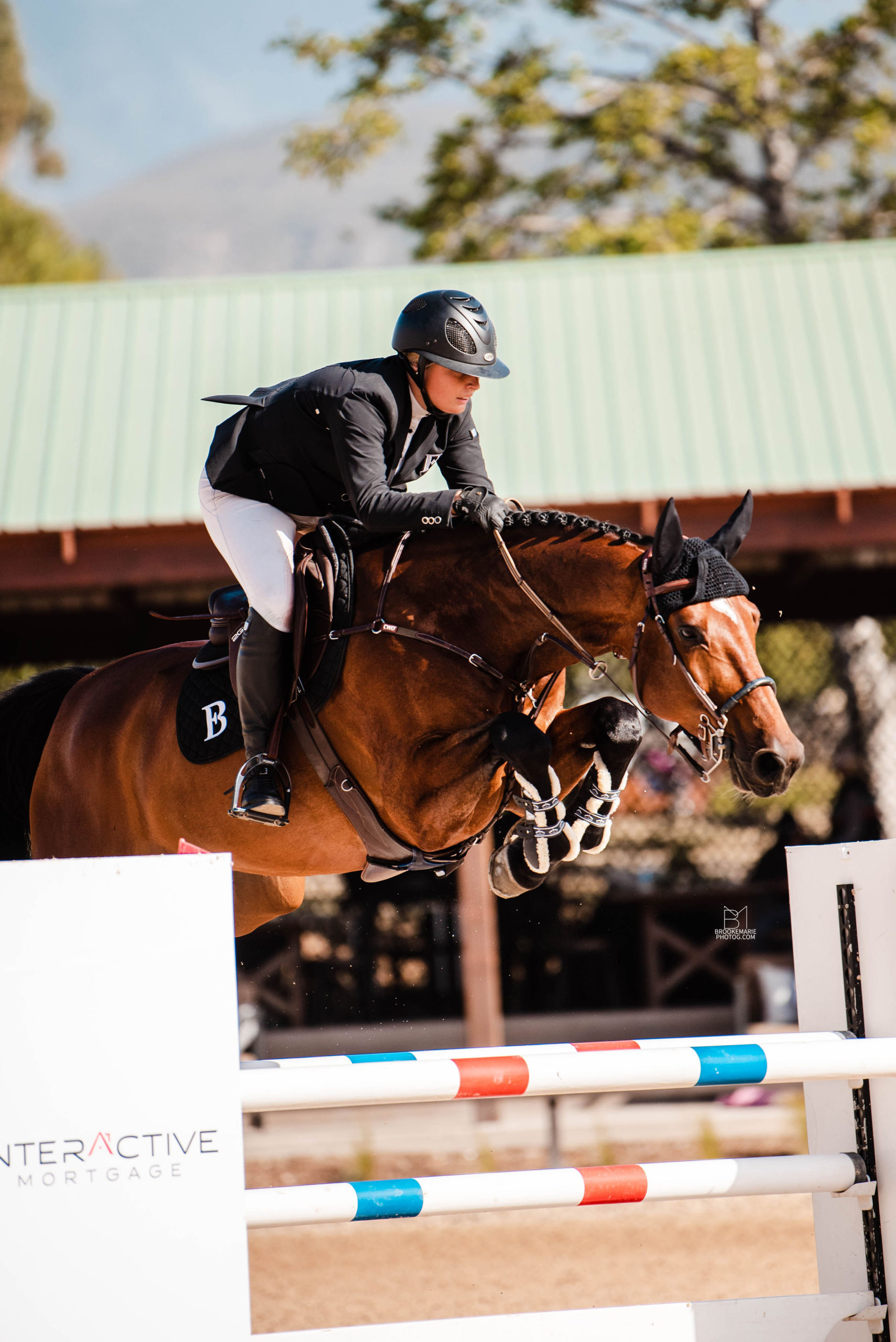
A huge thank you to Ben and Emma who gave up their time to answer our questions, and above all a big thank you to them for their trust in Seaver 🥰
We hope you've enjoyed this testimonial!
If you'd like to meet Emma and Ben :
or on their website: besporthorses.com